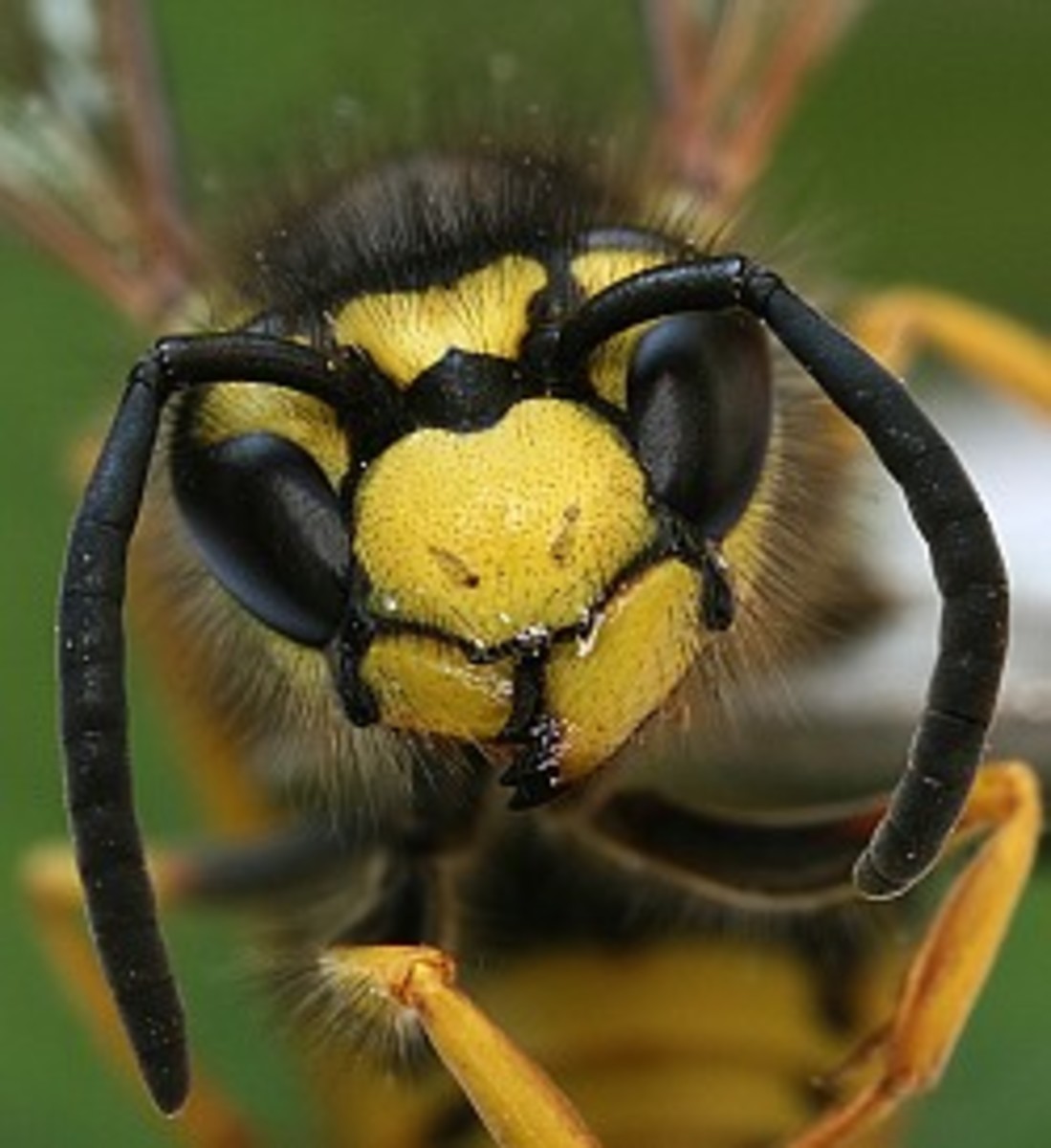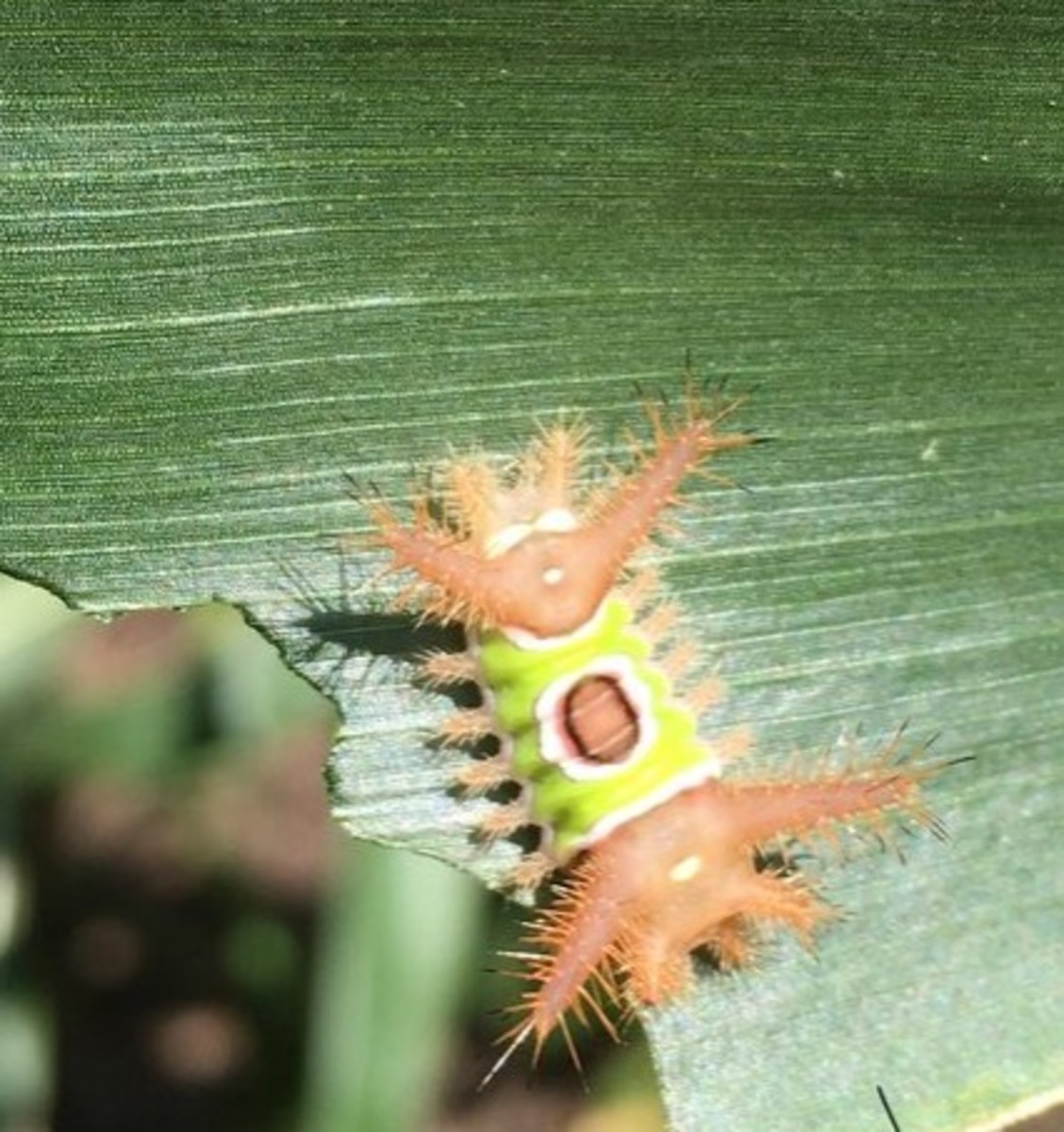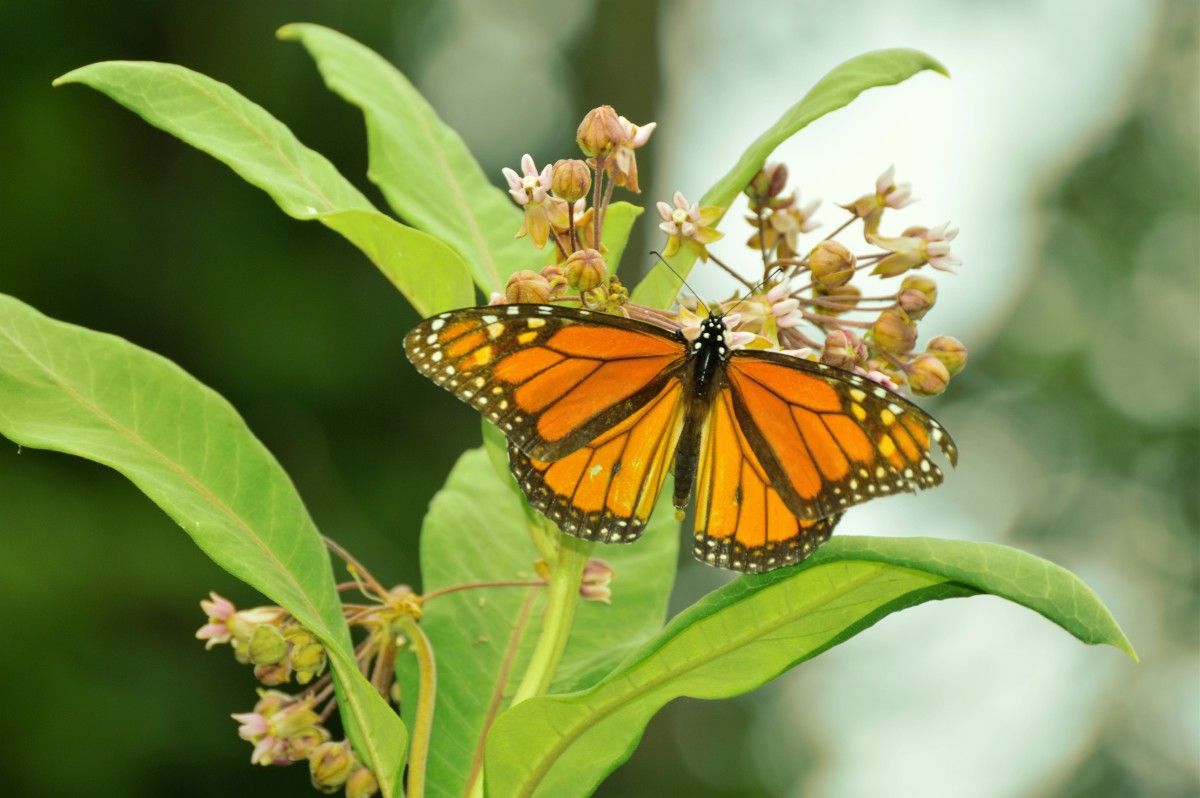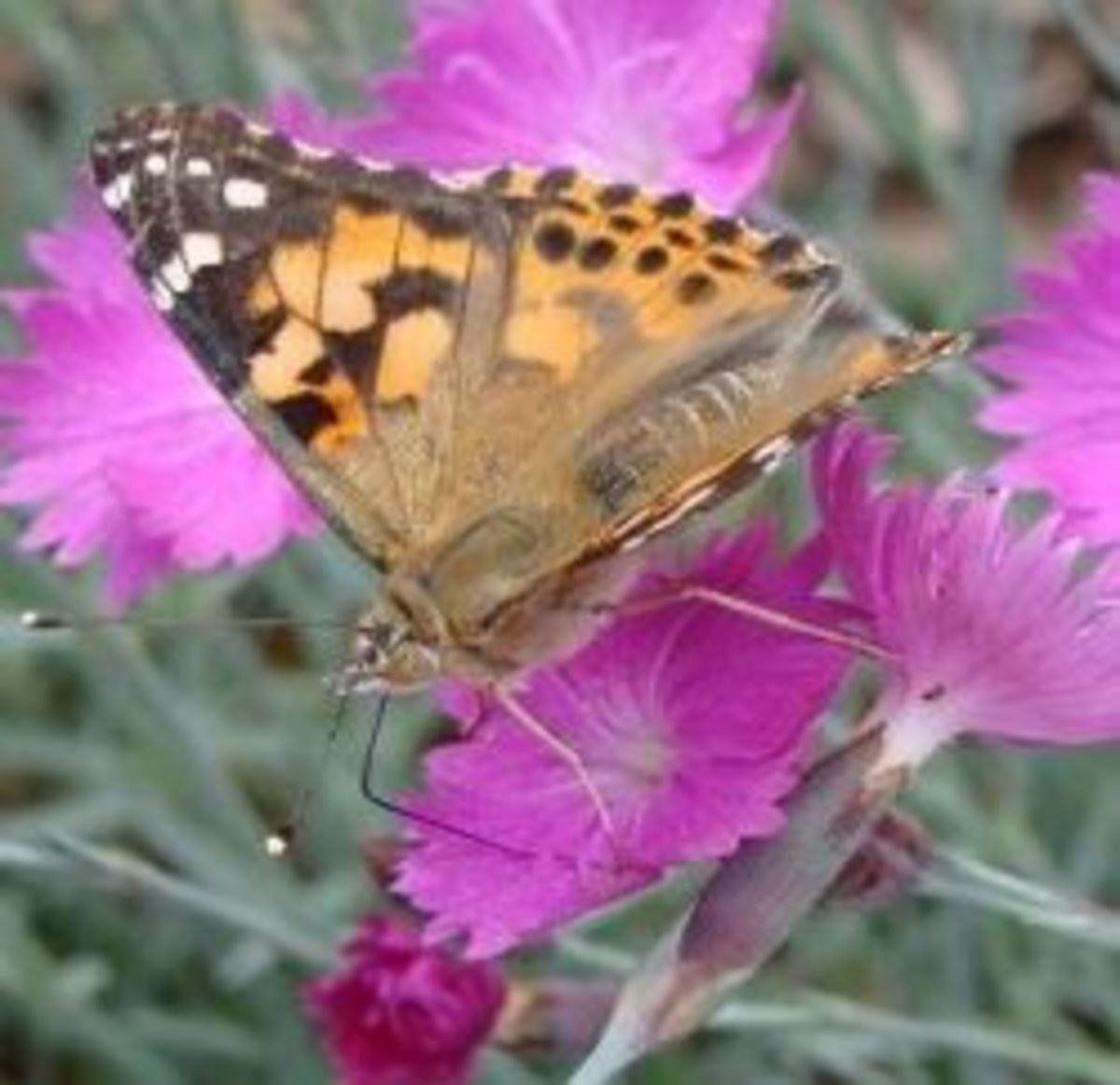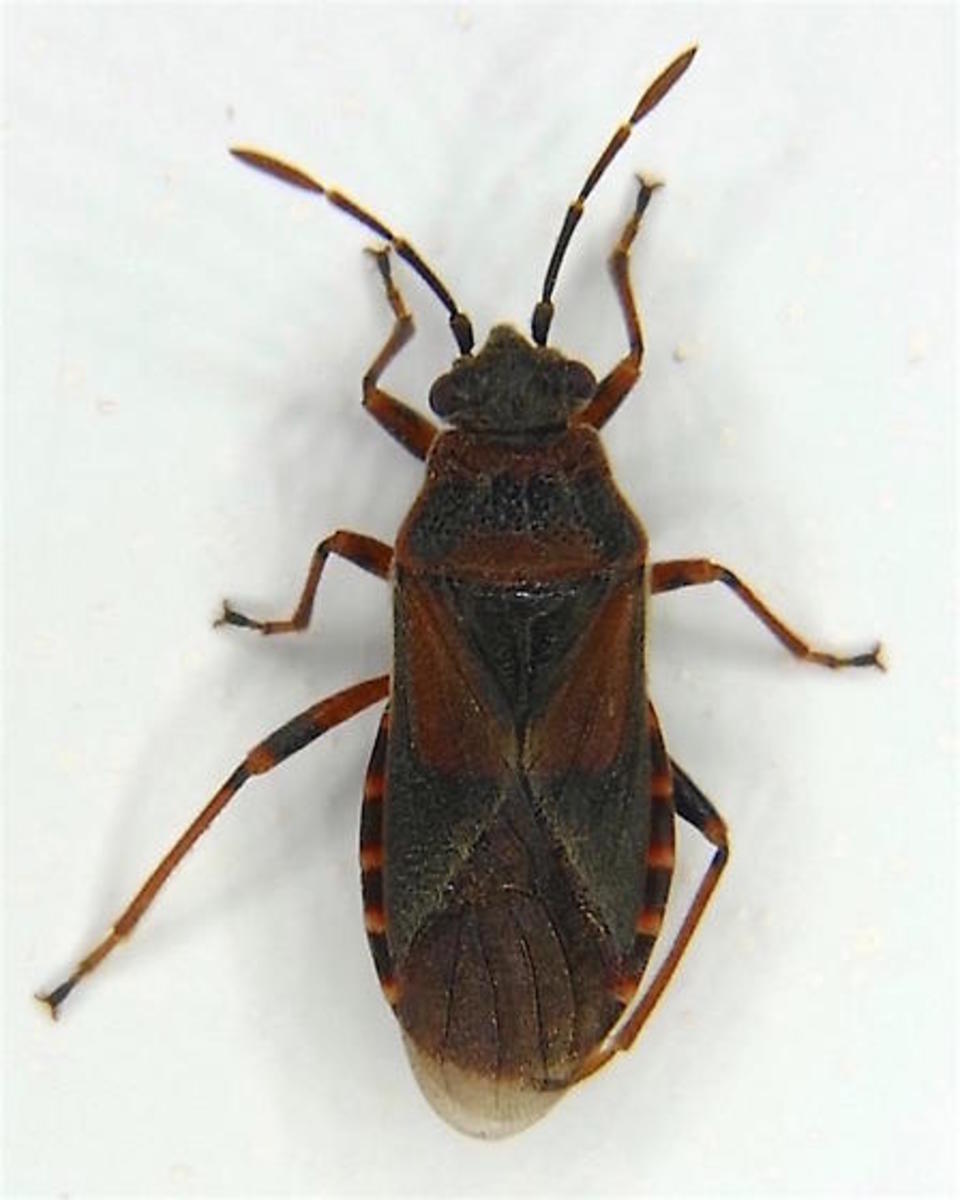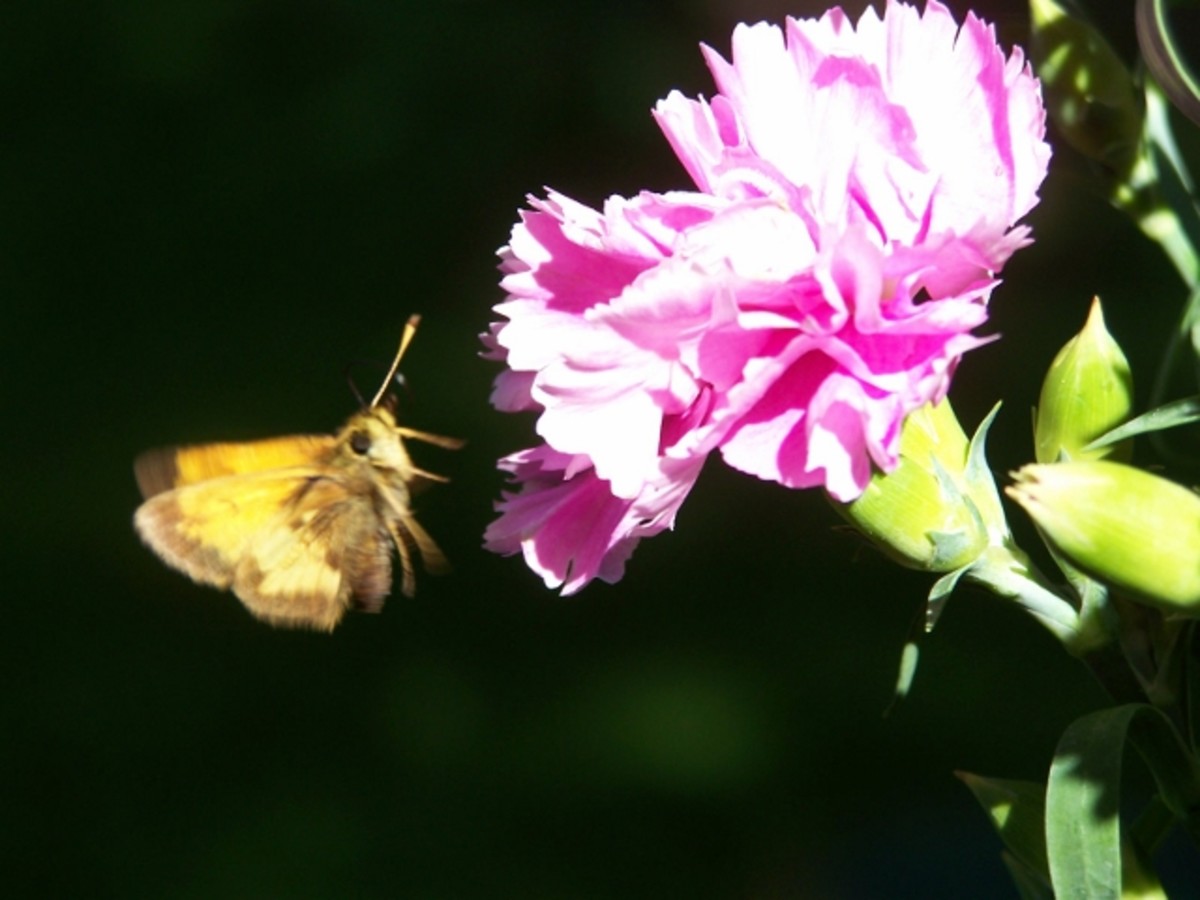- HubPages»
- Education and Science»
- Life Sciences»
- Entomology
Toxic Moth Hairy Oak Processional or Processionary Caterpillars Information & Graphic Images
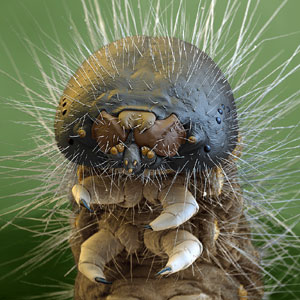
Oak Processional / Processionary Caterpillars.
The hairy processional caterpillar is yet another European pest that has invaded England. They arrived in the UK in 2006 and have have multiplied so much that they now endanger the nations Oak tree population.
The Oak Processionary Caterpillar is very dangerous, especially to pets, children, and asthma sufferers.
Many pets have been inadvertently killed in Spain and Portugal by these hairy bugs; and the scurge and misery that they bring to an unsuspecting public is set to rise.
The Europeans simply call them Processional Caterpillars, and their home in Europe is in fir trees.
In England the caterpillars favour the mighty Oak tree for making huge nests from which they descend en-masse in the late evening to feed.
Touching a single hairy caterpillar can result in death.
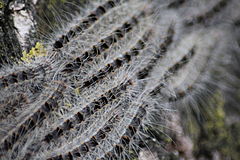
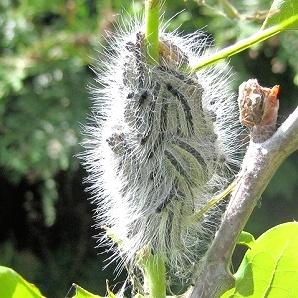
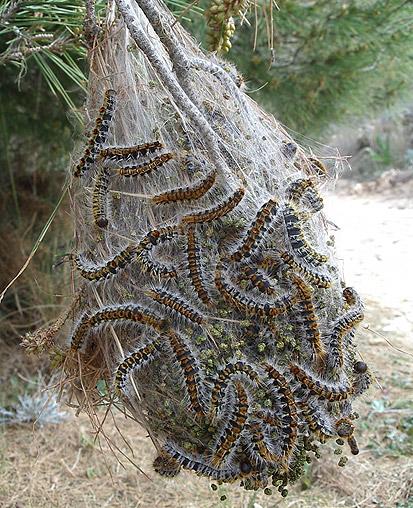
Death By Catterpillar
The hairy processional caterpillar itself is not a killer, nor is it a general danger to the public. But the defence system of the bug is where the problems begin.
The caterpillar is covered in approximately 60,000 extremely fine hairs, which break off if they are disturbed.
Each hair carries a toxin which can cause skin rashes, conjunctivitis, and if not treated, death by asphyxiation. Many pets, mainly dogs, have sniffed the line or group of caterpillars and inhaled the hairs.
The hairs cause enflaming of the nose and throat muscles and tissue causing pets to suffocate.
All Oak trees now coming into the UK are required to have passports to prove that they are processional caterpillar free.
Pest Control
There is nothing available that has so far managed to halt the spread of this pest throughout Europe.
In Europe on occasions, the army has been sent in to exterminate outbreaks. Many individual home or land owners simply cut down the branches of trees where there are nests and have a huge petrol engulfed bonfire.
Burning the processionary caterpillars is the only way to get rid of these pests, or call Rentokil or similar pest control companies. Do not let children or animals near nests or close to them on a windy day, as the wind has been known to release the toxic hairs.
Free Link To: Portugal & Spain Processional Caterpillars
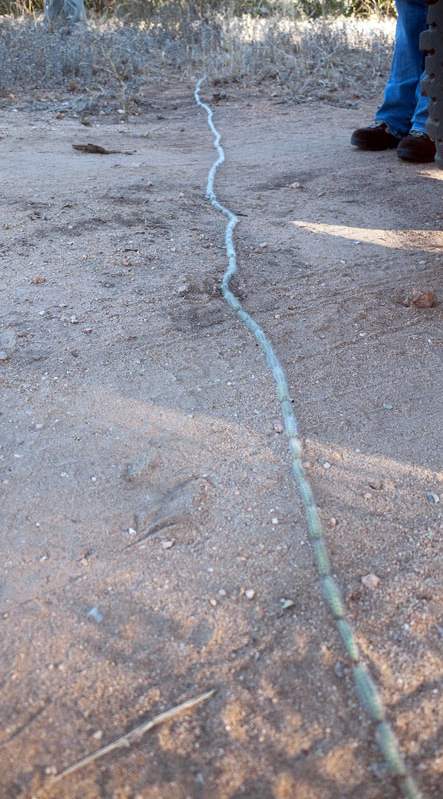
The Amazing Hairy Caterpillar
I have watched these caterpillars for years in Spain and they are amazing. They walk in groups of about 20 to 600 at a time. Each one follows the caterpillar in front, literally with their head next to the front caterpillars bum. The lines can stretch from several feet to many meters in length.
A child of 5 years and several months poked a four foot stick at a line of processional caterpillars. Within seconds, a few spots had appeared on his stomach as he was not wearing a shirt. The spots turned into a rash within less than a minute.
Five minutes later he was in hospital receiving an injection. There are many different anti-bodies in injection and tablet form in Europe for both adults and children.
It is when the hairs enter the nose or throat that severe breathing problems can arise.
There have been no reported human deaths from the hairy processional caterpillar.
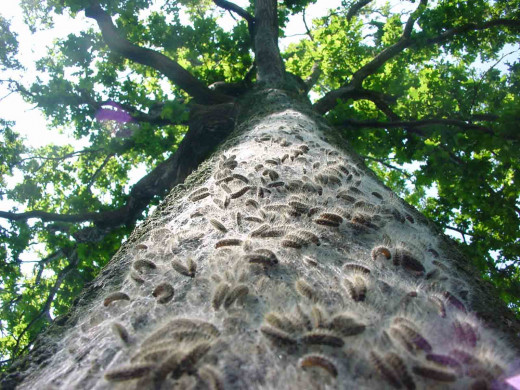
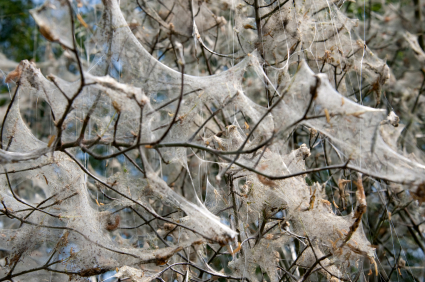
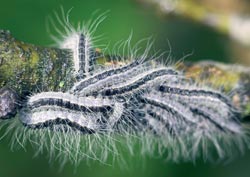
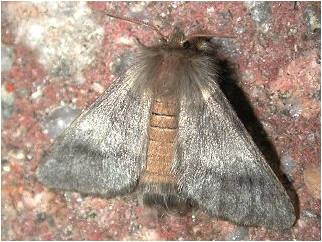
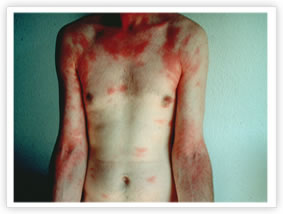
What to do if you see Processional Caterpillars
DO NOT TOUCH OR GO NEAR THEM.
Contact your local Forestry Commission or council and they will advise you of what to do and if they can have them removed and destroyed. Like their European cousins, the Oak processionary caterpillars can usually be found between November and January.
They can hibernate for three years or until weather conditions are more favourable to them.
The spread across the British Isles, it has now been reported, is past the point of eradication. Councils and the Forestry Commission are now more concerned with preventing the spread as eradication methods have failed.
Although the favoured tree for these bugs are Oak trees', they can also be found on other trees like Birch, Elm, Pine and many more.
Free Links To
The Spread of the European Red Palm Weevil / Weavil, the other tree killing pest.

